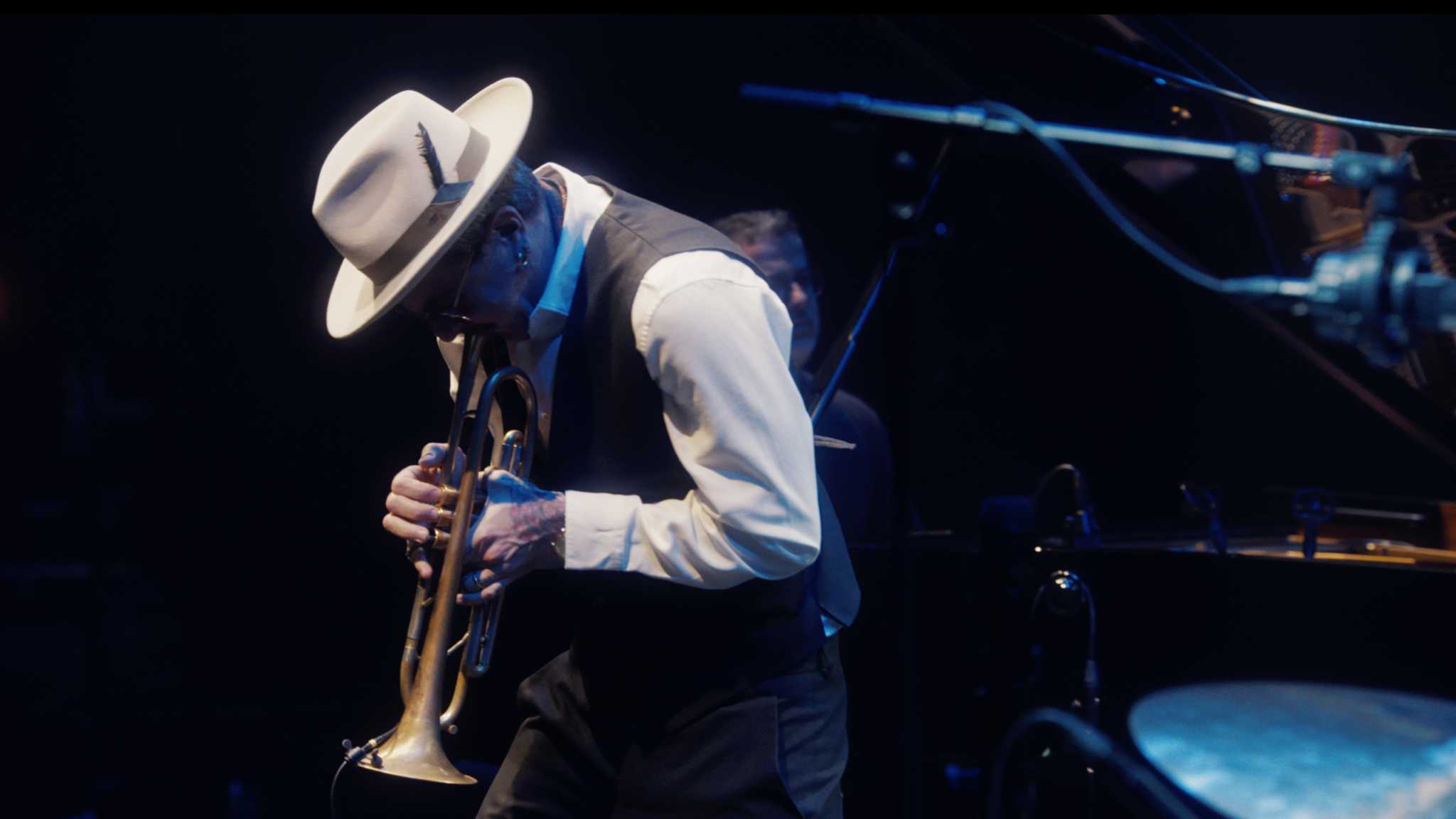Album insights
Stravinsky had a tumultuous relationship with orchestral string players, particularly the violin. After the completion of "The Rite of Spring," he found their sound too evocative and akin to the human voice. Surprisingly, in 1928, he presented a ballet called "Apollo" exclusively for strings, showcasing a newfound tenderness and expressiveness. This marked a shift in his attitude, leading to significant violin compositions over the next few years.
The transformation of "Apollo" remains a great mystery surrounding Stravinsky, yet his subsequent violin works had a clear inspiration. Introduced to violinist Samuel Dushkin by his German publisher in 1930, Stravinsky was inspired to compose a violin concert for Dushkin. This collaboration led to the creation of a recital piece for violin and piano, allowing them to perform without the need for orchestras. Together, they embarked on various recitals and tours, showcasing a blend of iconic works and new compositions.
Selecting pieces for Dushkin, Stravinsky carefully curated melodic and pleasing tunes for the violin adaptations. While maintaining melody, he also aimed to redefine the essence of the music for the new instrument, often rejecting routine accompaniment suggestions. Their collaborative process resulted in unique interpretations of renowned pieces, demonstrating Stravinsky’s meticulous approach to each adaptation.
The violin compositions for Dushkin reflected a mix of existing melodies and newly arranged works, showcasing a diverse range of styles and influences. The adaptation process involved reworking orchestral scores into compelling violin pieces, offering a fresh perspective on familiar compositions. The consistent innovation and reimagining of these classical works highlighted Stravinsky's dedication to the craft and his creative partnership with Dushkin.



